The organs were mummified separately
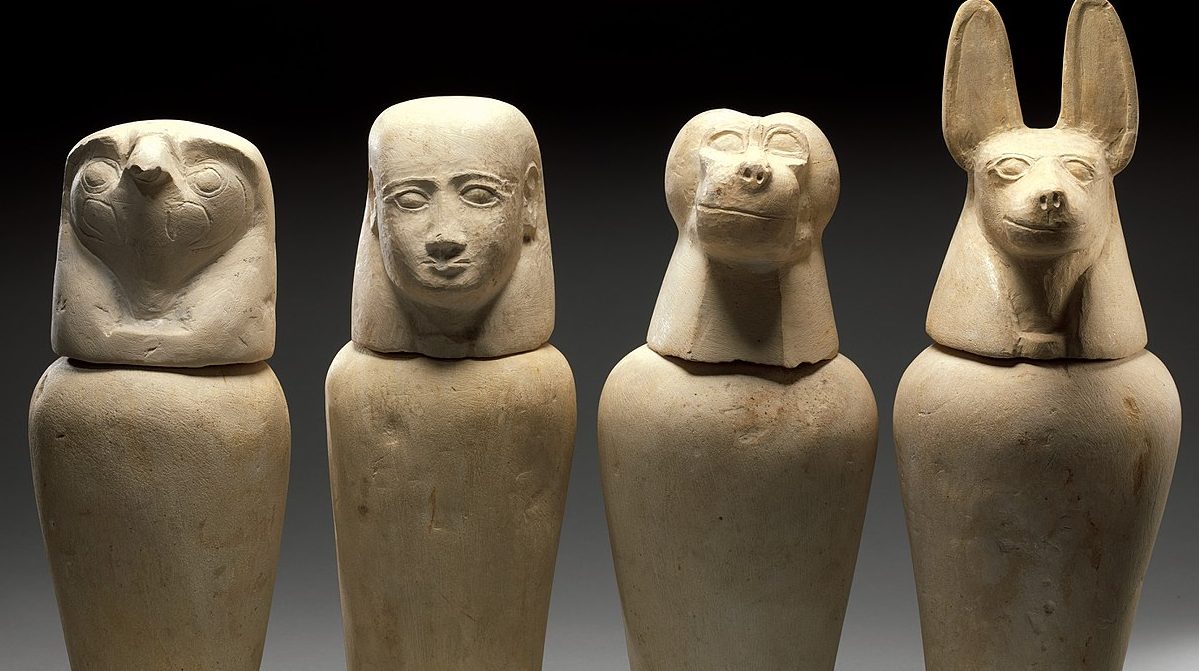
When ancient Egyptians mummified their dead, they removed certain organs from the body. The lungs, liver, stomach, and intestines would have decayed if left inside the body. The organs were washed and dried out before being wrapped and placed in canopic jars alongside the body.
Mummies were buried with their underwear

Ancient Egyptians believed that to prepare for the afterlife, they needed to bring all of the things that made life worth living with them – so they’d bury their underwear, alongside other necessities. They also brought along things like beds, shoes, perfume and pots, so that they could have these items with them in the afterlife.
The brain was removed through the nose
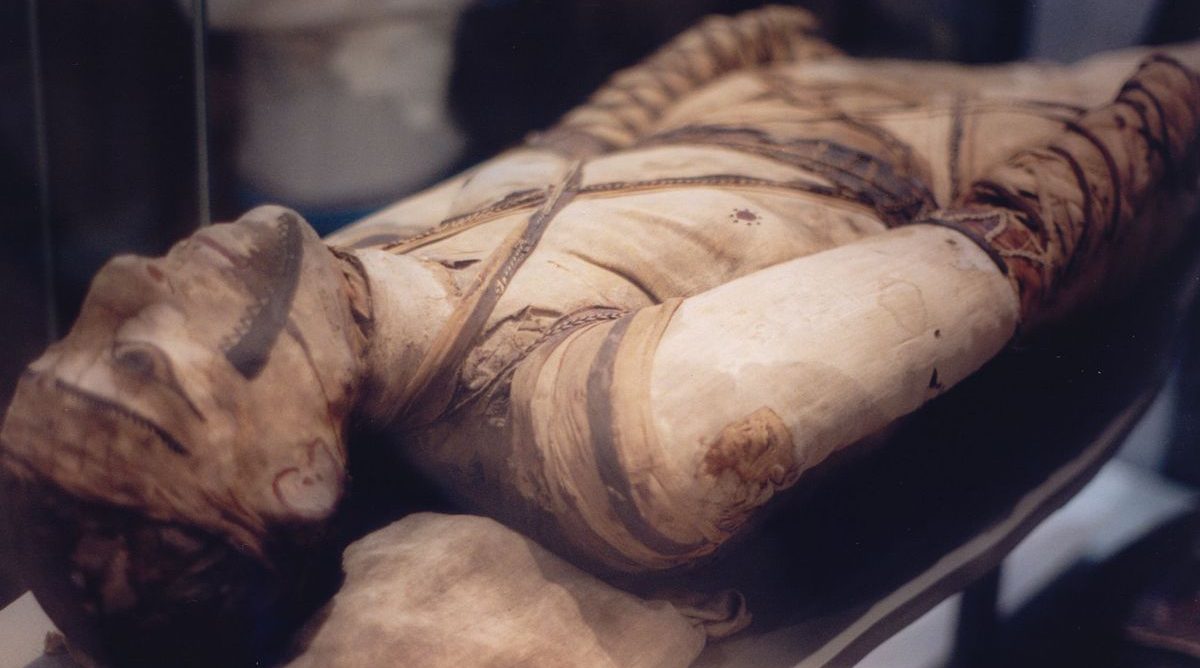
The mummification process began in a tent called an ibu. The embalmer would wash the body of the pharaoh with palm wine and water from the river Nile, then slice open his side to remove his organs. The brain was removed with a long stick and hook. The instrument was inserted up the nose, pulled back out with the brain attached, and discarded.
Animals were also mummified
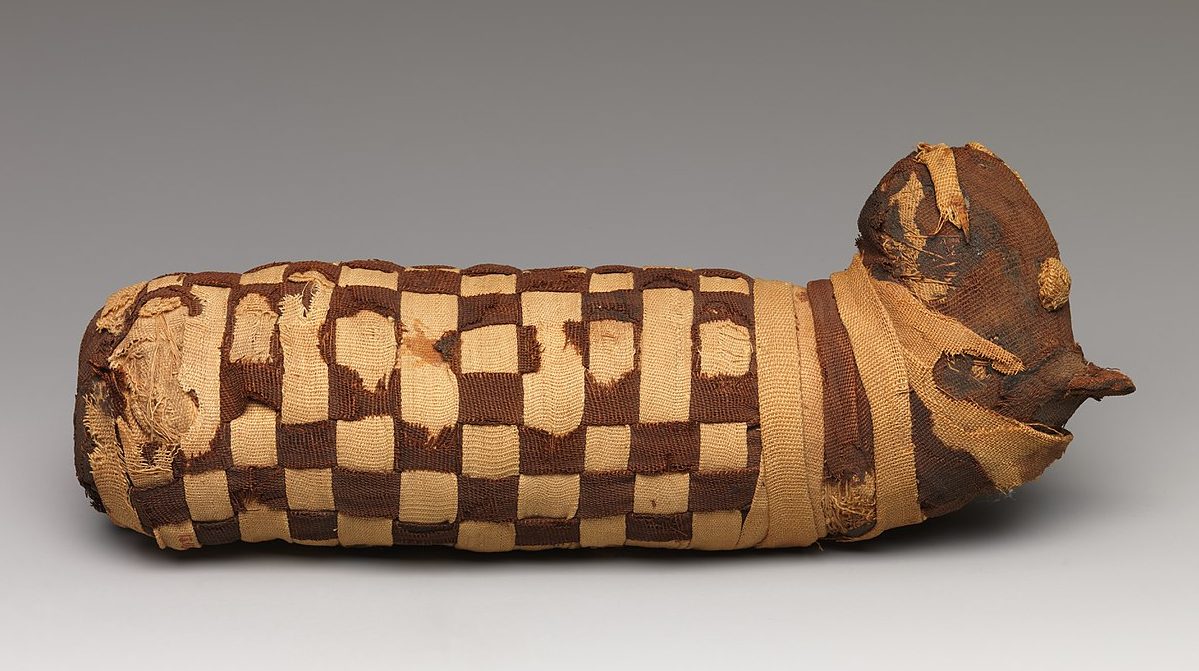
Researchers have found a wide variety of animal mummies: cats and dogs, rams and bulls, monkeys, ibises and crocodiles. People in Ancient Egypt worshipped animals as gods, and many of the mummified animals were pets. Some of those pets were even buried with their owners.
Mummification would cost about $70,000 in today’s money

According to ancient writings, the most expensive mummification process during the Ptolemaic dynasty cost 30 kilograms (66 pounds) of silver. The cost of the supplies needed for mummification today totals about $3,600. However, to be mummified would in total cost nearly $70,000. The cost of pet mummification can vary widely, from $7,000 to over $100,000.
The rich would use ground-up mummies as medicine
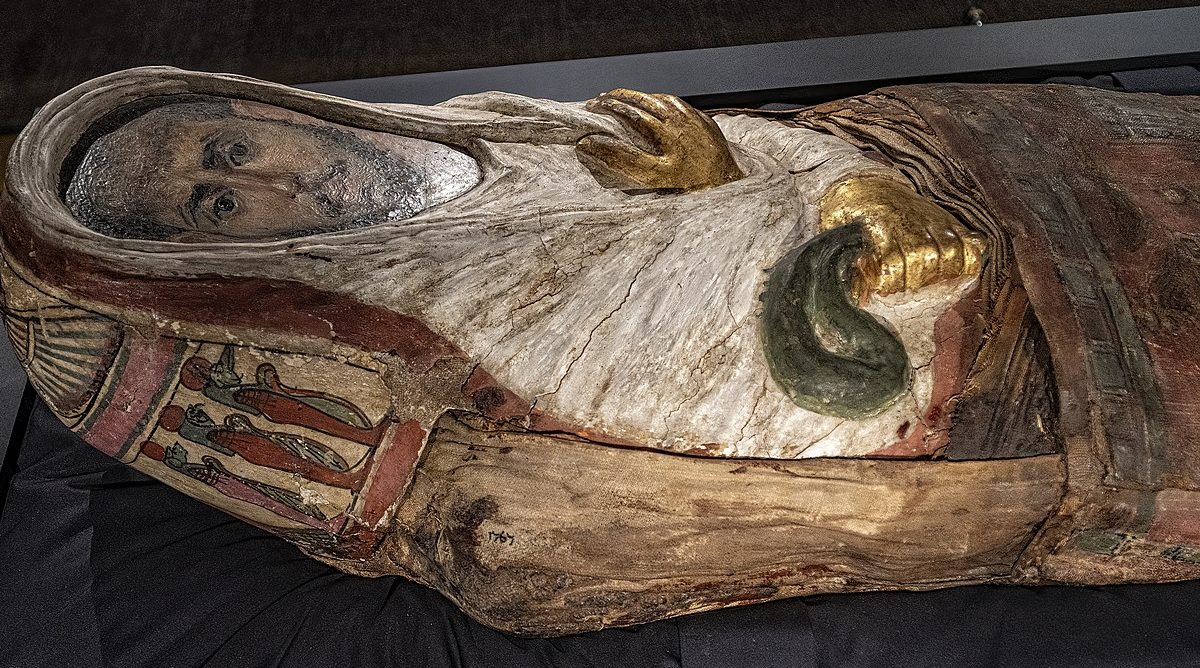
From AD 400 to the 19th century, mummies were thought to have medicinal properties. The idea was based on the fact that Europeans believed that ancient Egyptians used bitumen to mummify their dead. In the Middle Ages, rich people used ground-up mummies as medicine; even though this was not an effective remedy, the belief in its efficacy continued into the 1800s.
Mummies were painted before burial
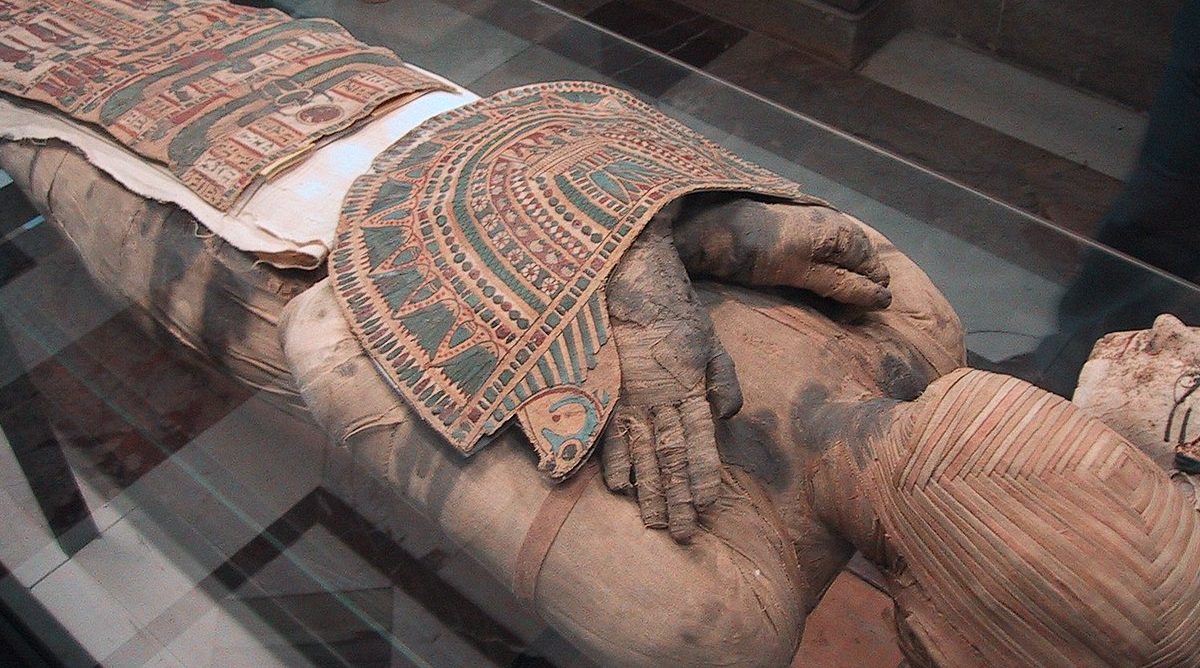
The bodies of mummies were painted during the mummification process, so that they would look lifelike in addition to being preserved. Men were colored red, and women were colored yellow. This began during the Third Intermediate Period (about 1100 BC-1070 BC).
Mummification did not start in Egypt

The Chinchorro people in South America practiced mummification as early as 3500 BC, pre-dating the Egyptian mummification technique by more than 2,000 years. The Chinchorro mummified their dead loved ones with the same techniques used by modern-day Peruvian tribes. They removed bodily organs through a single incision, dried out the body, and then wrapped the remains in fiber clothing made of alpaca wool.
The mummification process took 70 days
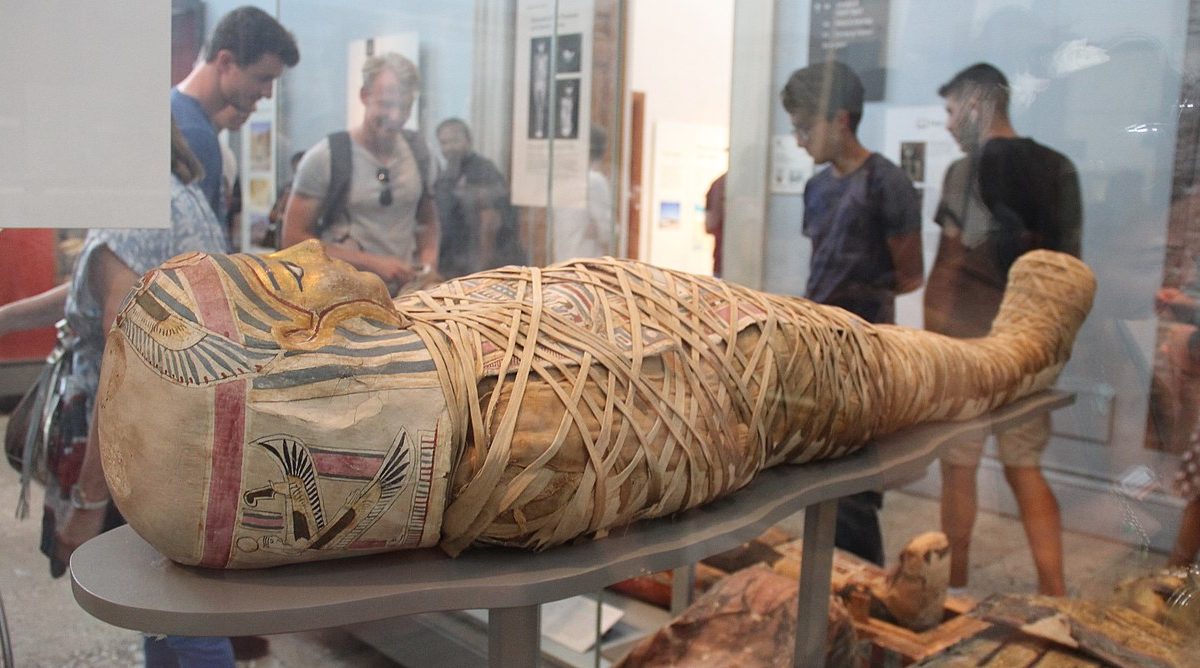
A special priest would perform the process of mummification, starting by removing all of the organs and placing them in jars around the body. The Egyptians used salt called “natron” to dry out the bodies of their dead. After filling in sunken areas with linen and adding fake eyes, they wrapped them with linen that was held together with resin. The entire mummification process took up to 70 days.
The heart was left intact
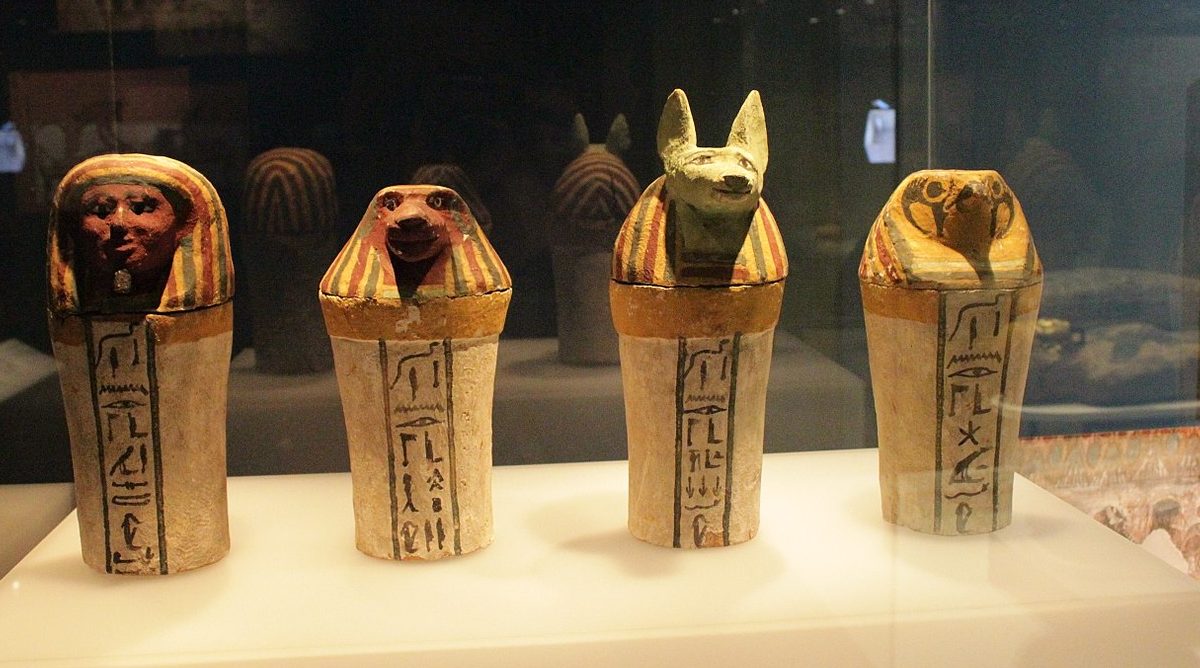
A person’s heart is the center of their life. It beats in the chest for you, not for itself. The ancient Egyptians would consider it sacrilegious to remove a person’s heart, as it was considered the ‘center of a person’s being and intelligence.’
The mouths were left open
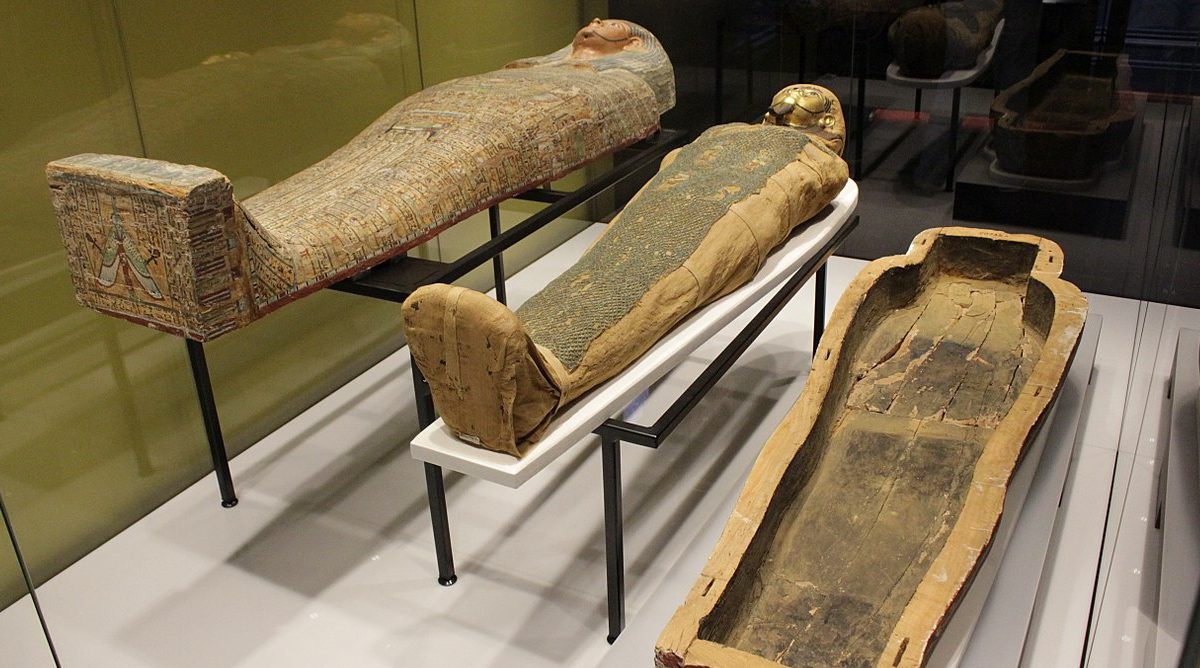
The ancient Egyptians performed an ‘Opening of the Mouth Ceremony’ on all mummies. The ceremony involved using a special tool to symbolically open up the deceased’s mouth, so he or she could eat, drink, breathe, and speak in the afterlife.
Mummification was the original process of embalming
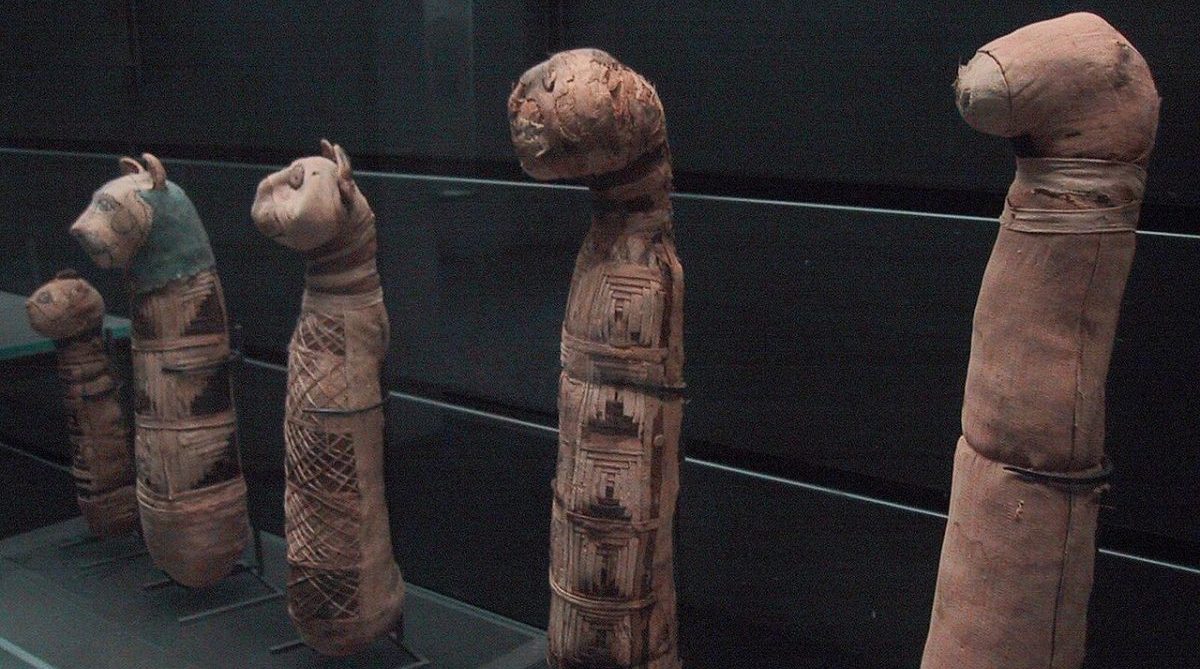
Embalming is a process of preserving a dead body so that it does not decay. Embalming chemicals are injected into the veins of the deceased to prevent decomposition. The Egyptians developed the mummification process to preserve their dead. This ancient art was so effective that even today many mummies are still well-preserved.
Ancient Egyptians believed that preservation would help the soul reunite with the body

In Ancient Egypt, people believed that a person’s soul consisted of three parts: the ka (the body’s double), ba (the person’s spirit) and akh (the person’s name). The ba was the soul, and it could leave the body and travel after death. Ancient Egyptians believed that mummification would ensure that the ba could find its body again.
The process was due to religious beliefs
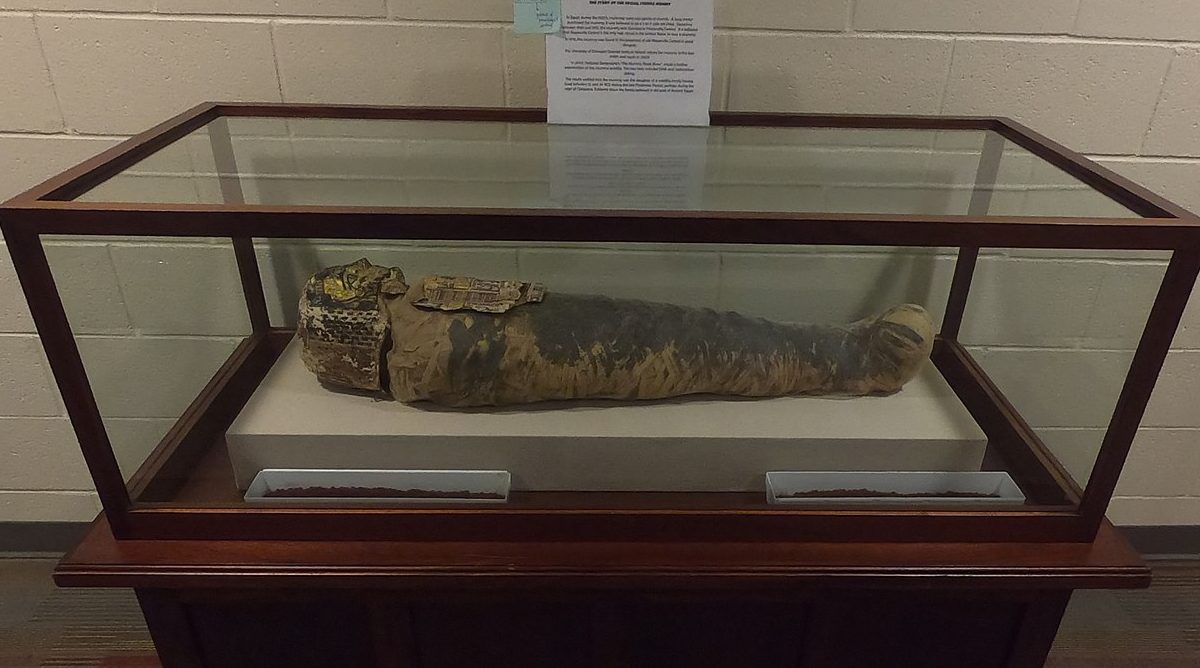
The Ancient Egyptians believed that proper treatment of the dead was an important part of their religion. Embalmers were priests who needed to be extremely knowledgeable about human anatomy in order to prepare bodies for burial. Priests performed ceremonies on the body, after which it was mummified and placed in its coffin.
Pharoahs’ tombs could take up to 30 years to be built
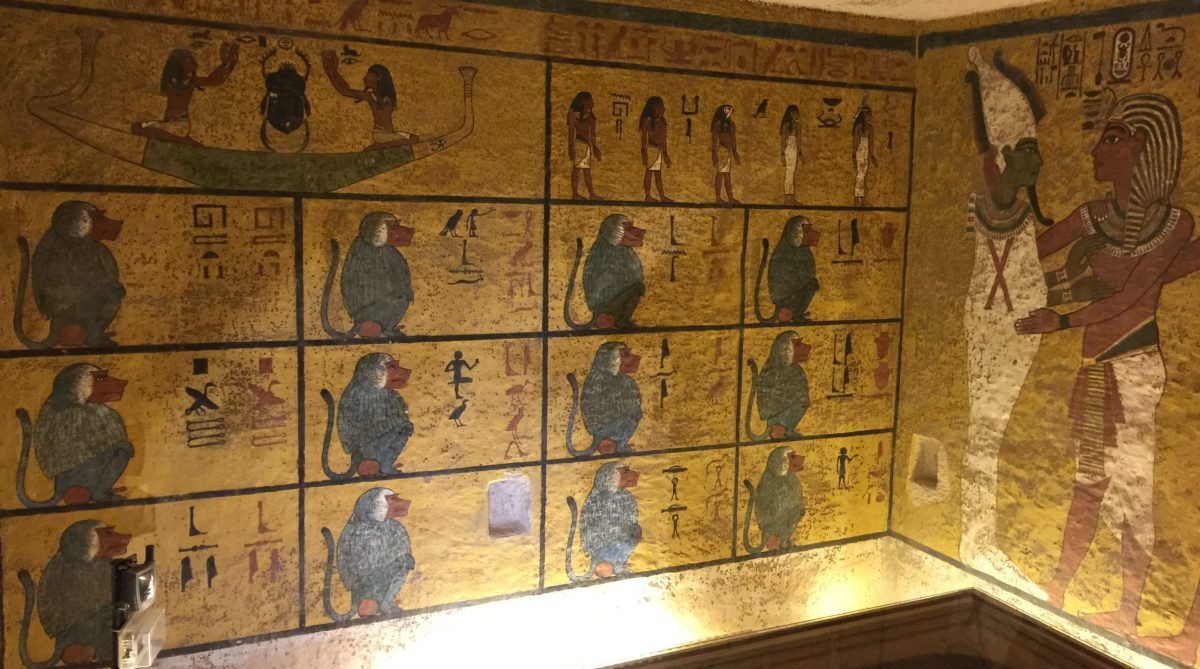
If you were an Egyptian king or queen, your tomb would be incredibly elaborate and cost a lot of money to build. The oldest type of Egyptian tomb, the mastaba, had two rooms – one for ceremonies and one for statues. Later on, royalty started to be buried in pyramids; these could take 15-30 years to build.
King Tutankhamun is one of the most famous mummies

One of the most famous mummies of all time is Tutankhamun, a pharaoh who ruled from about 1332 to 1323 BC. He was known as the boy king because he was only nine years old when he became Pharaoh and died around the age of 18. King Tutankhamun’s tomb was one of the few intact tombs found by archaeologists, and helped them understand mummification and burial practices.
The pyramids were built to protect the dead kings

The pyramids were built as tombs for the Egyptian pharaohs. These great structures were built to last forever so that the pharaohs’ bodies would not decay or be destroyed by time. The ancient Egyptians believed that each new king represented Horus, who was associated with the rising sun. They needed their kings’ bodies to last forever so that their own lives would be guaranteed to continue for eternity too.
It was believed that mummies were protected with a curse
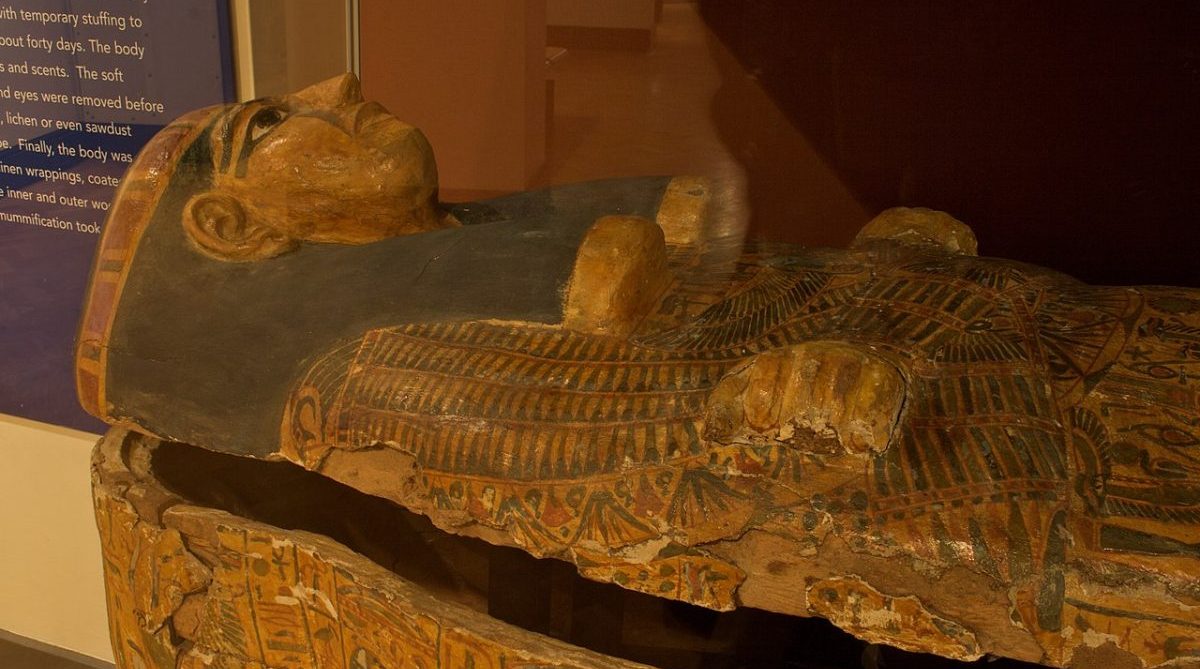
Legend has it that a curse was placed on grave robbers by ancient Egyptians. To protect the mummies from thieves, it was believed that anyone who attempted to steal a mummy would suffer terrible misfortune. There are many stories about people being affected by the curse since 1923, when Howard Carter and Lord Carnarvon discovered King Tutankhamun’s tomb, and Lord Carnarvon later died after blood poisoning.
Some painters painted with ground-up mummies
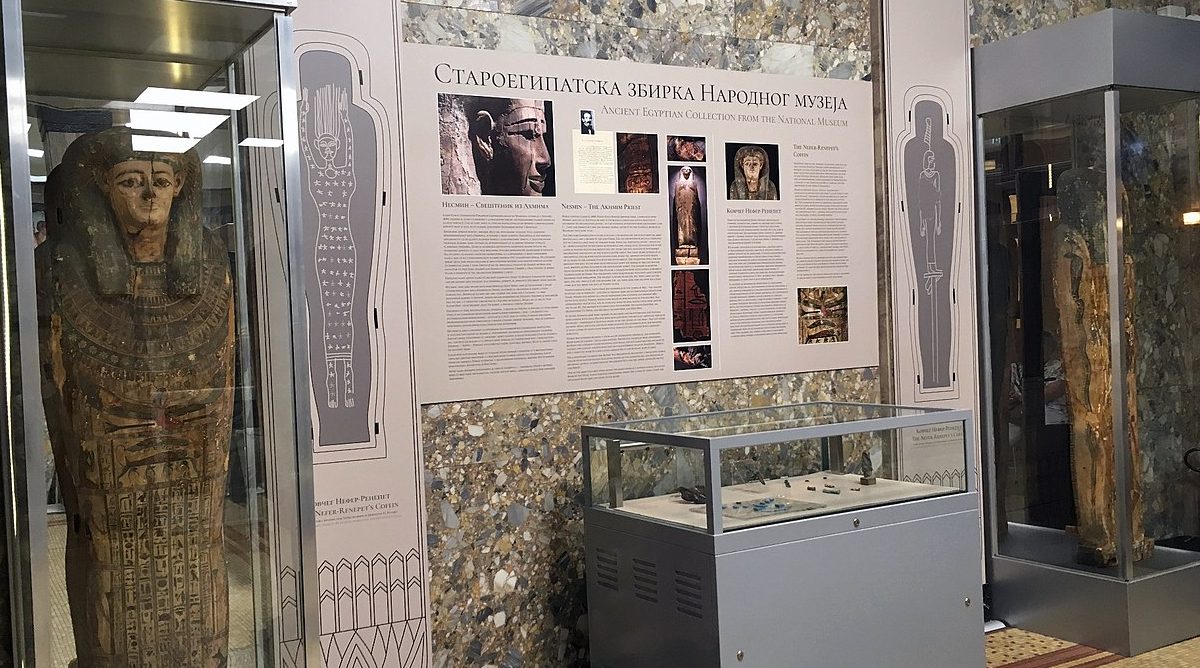
In the 18th and 19th centuries, Egyptian mummies were ground up to produce a type of paint called ‘mummy brown,’ which also contained white pitch and myrrh. The artist Sir William Beechey, who painted portraits of British royalty and society figures, kept a supply of mummy brown paint in his studio. So did the French artist Martin Drolling.
Mummies have provided crucial science on heart disease
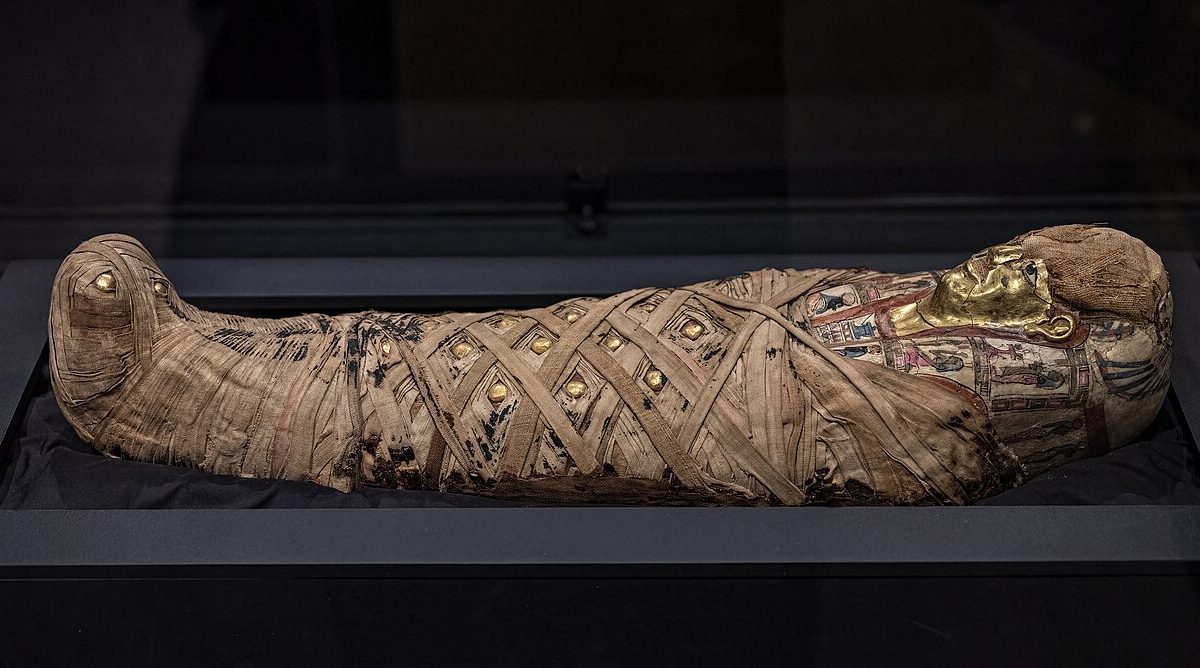
In a study of 137 mummies that dated back 4,000 years, Caleb Finch, a neurobiologist at the University of Southern California, used CT scans to analyze the arteries of Pueblo Indians, ancestral Peruvians and Aleutian islanders. Finch discovered that the arteries of ancient mummies were clogged by calcium deposits, providing evidence that heart disease has plagued humans for thousands of years.
Some mummies were found with traces of narcotics
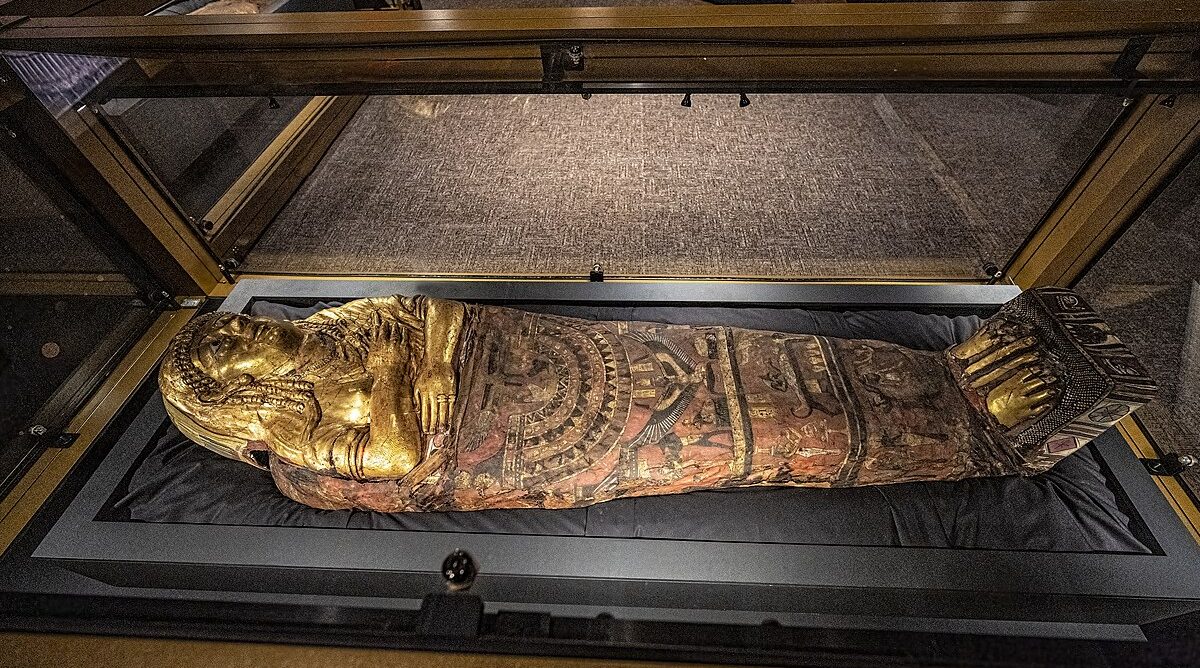
In 1992, German scientists were studying 3,000-year-old mummified remains from an Egyptian burial site and found traces of narcotics typically found in Central and Southern America. Scientists and archaeologists have speculated that this means ancient Egyptians must have traveled to America as early as 1000 BC, but there is no definite evidence for such a trip.
Anybody could be mummified
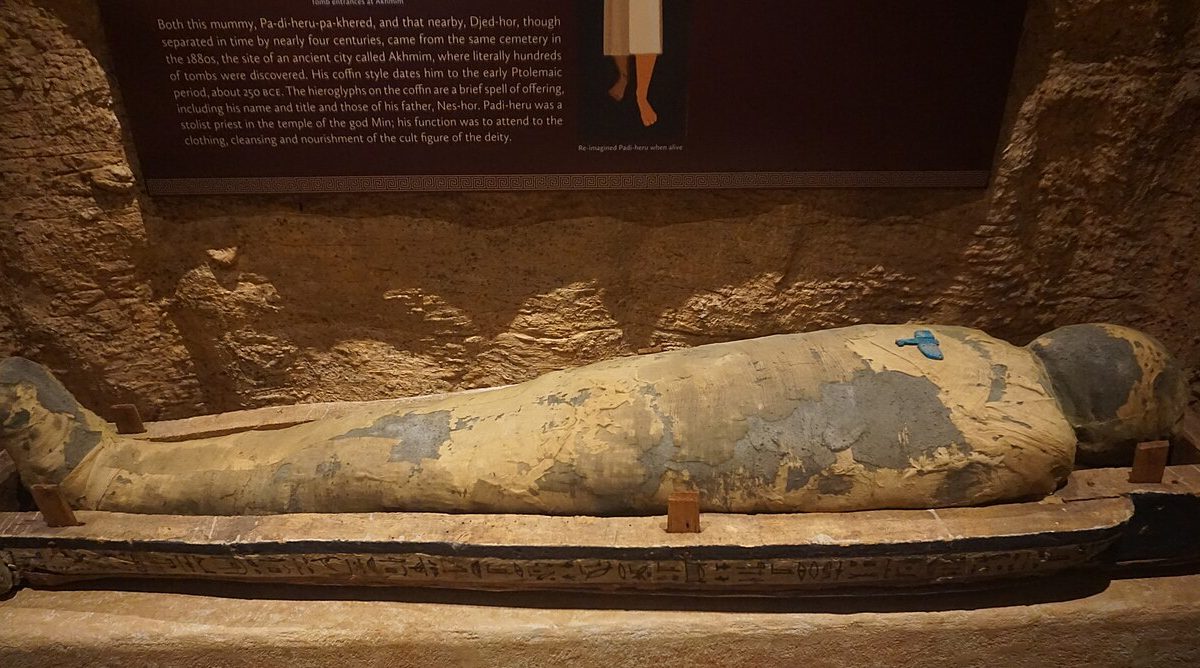
It’s widely thought that only rich people or pharaohs were mummified – but it was actually common for ordinary people to be mummified after death, too. For regular Egyptians, the process of mummification was simplified. Poorer people could simply wrap their loved ones in linen and bury them with an incantation.
King Tut was buried with over 140 pieces of jewellery
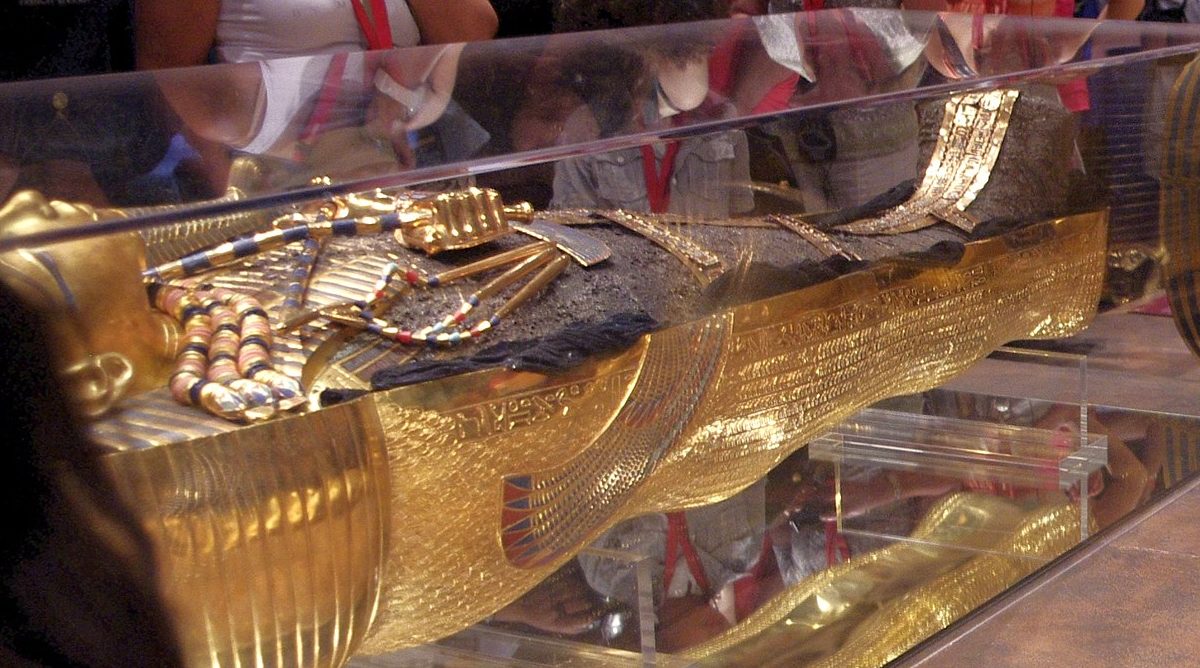
The corpse of Pharaoh Tutankhamun was wrapped in 17 layers of linen bandages, which were packed with more than 140 pieces of jewelry and other items. He wore gold rings on his fingers and toes, and had colorful beaded collars and small charms that may have been meant to help him on his journey to the afterlife.
Pharaohs’ tombs were filled with traps to deter thieves
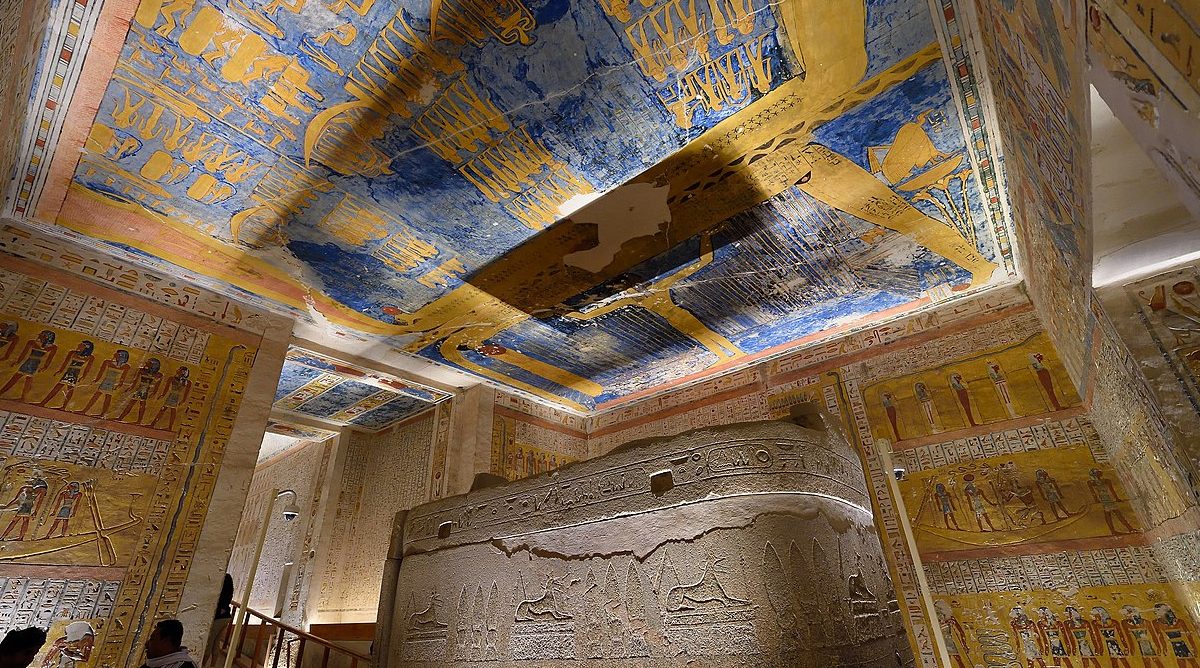
The tombs of pharaohs in Ancient Egypt often contained traps and obstacles to prevent grave robbers from stealing treasures buried with them. These included false passageways, hidden chambers, and fake doors. Despite efforts to protect them, many tombs were robbed over the centuries, leading to the loss or destruction of their treasures.
Anubis is the god of mummification

Though there are few temples to this god, Anubis is considered to be among the most popular of Egyptian deities. Anubis was a god with many functions. Even before he became a deity associated with embalming, he was a protector of graves, one who could foretell the future and guide the dead onwards into the next world.
The bodies took 40 days to dry out
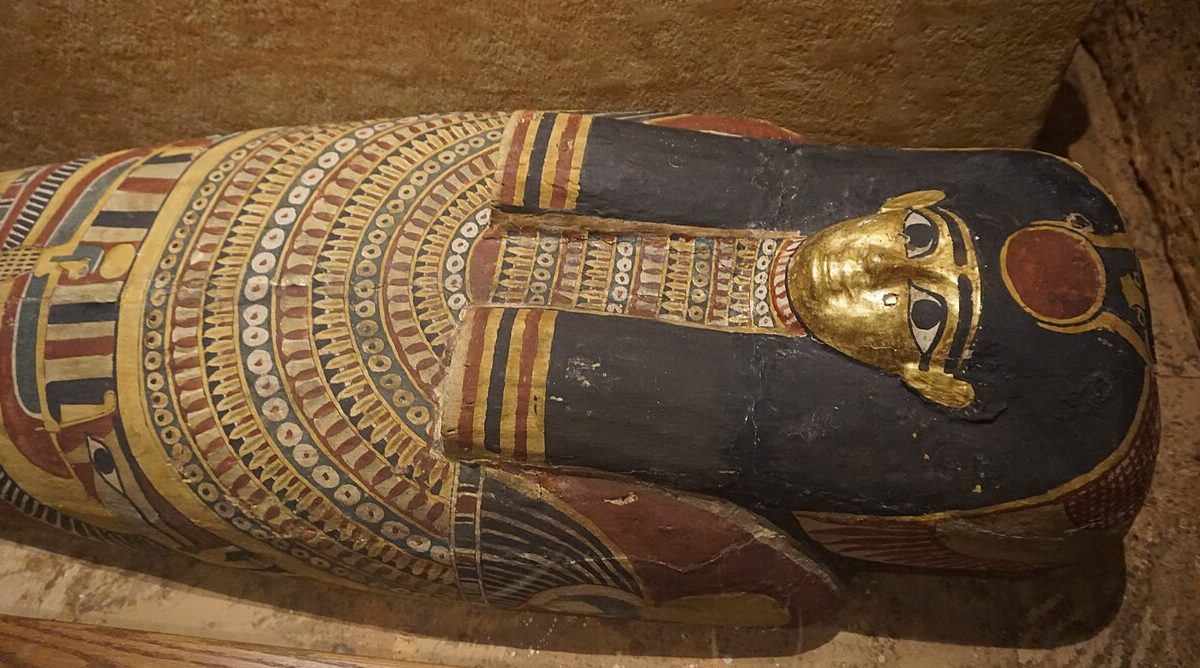
After the removal of internal organs and blood, the body was covered in natron, a type of salt. Packets of natron were also placed inside the body. After 40 days, when the body had dried out completely, these packets were removed and the natron was lightly washed off from the body.
Mummification can occur naturally

Mummification can occur naturally, in cold or dry places like glaciers or deserts. These conditions don’t allow bacteria to flourish, so decomposition doesn’t occur. Natural mummification can also be caused by accidental exposure to chemicals, which dry out and preserve the body. Natural mummies have been found all over the world, including Otzi, a 5,300-year-old mummy discovered in the Italian Alps.
Victorians held mummy unwrapping parties

Victorians were known for their love of the macabre, and their enthusiasm for mummy unwrapping parties is no exception. In 1821, a man named Giovanni Belzoni arranged for several massive Egyptian artifacts to be removed from Egypt, which led to mummy unwrapping becoming popular in Britain. The public’s interest was piqued by these events, and soon after people began holding their own public unrollings, usually with an accompanying lecture.
Mummies were sometimes displayed as décor
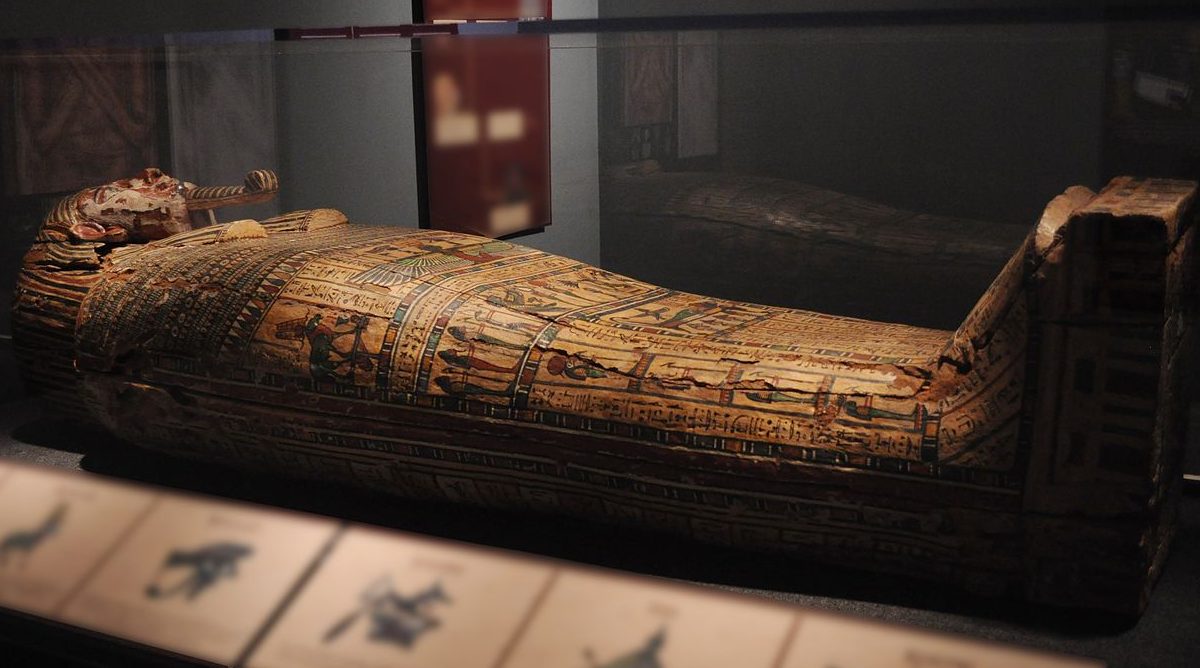
The upper classes of 19th century England were so enamoured with Egypt that they often brought home mummies as souvenirs. Some families displayed them in glass domes on mantelpieces; others stowed them away in bedrooms. Businesses sometimes got in on the mummy craze, too. In 1886, a Chicago candy store reportedly attracted customers by displaying a mummy.
Queen Hatshepsut’s mummy was long thought to be that of her wet nurse
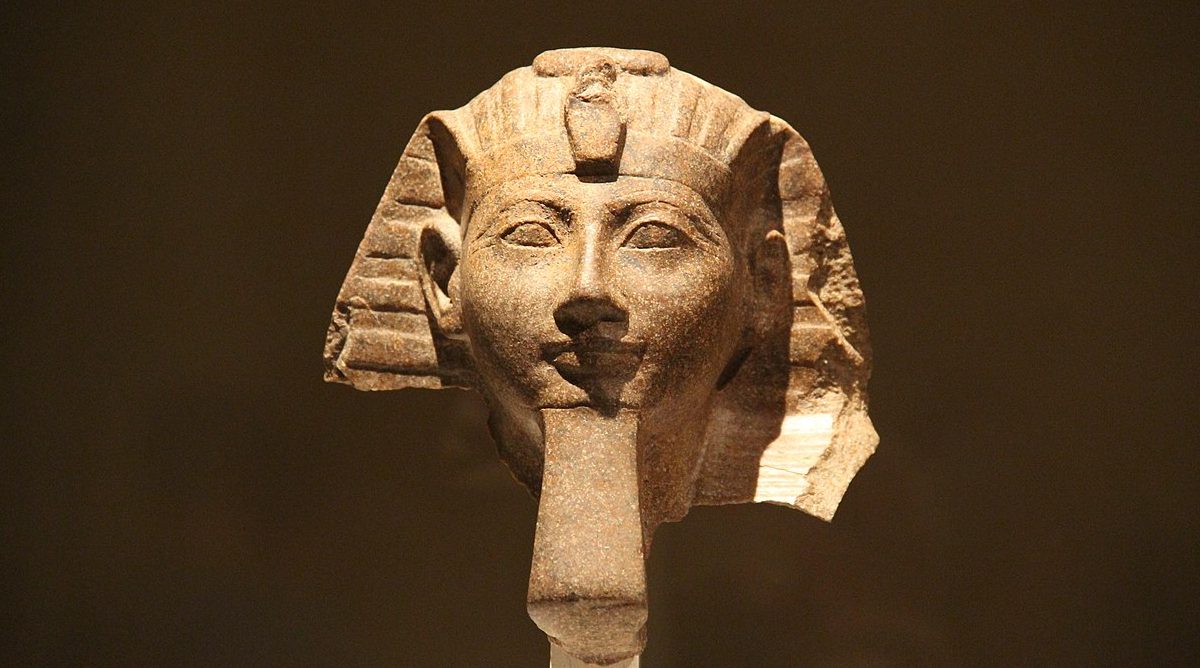
After decades of being stored in the basement of the Egyptian Museum in Cairo, the remains of Queen Hatshepsut have been identified as those of one of ancient Egypt’s most prominent rulers. Scientists had to conduct DNA tests and several scans of the mummy before making their determination since they had originally thought that the remains belonged to Queen Hatshepsut’s wet nurse.
Ramses II’s mummy was greeted in France with a royal ceremony
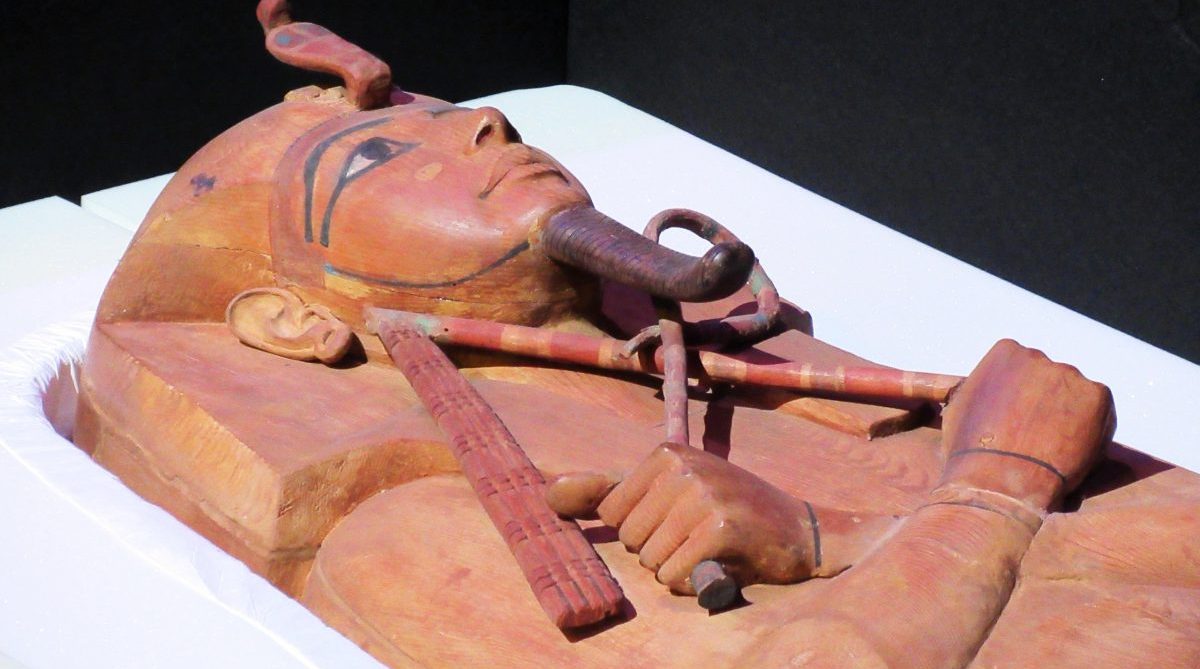
To preserve Ramses II’s mummy, a group of expert French Egyptologists and restorers were chosen. While it was originally planned to carry out their work in Egypt, it was later decided that the remains would have to be moved to France. Upon landing in Paris, the mummy was met by a military ceremony befitting a living royal. After the remains of Ramses II were restored, they were returned to Egypt and are still on display at the Egyptian Museum in Cairo.
Mummies were buried with a spell book
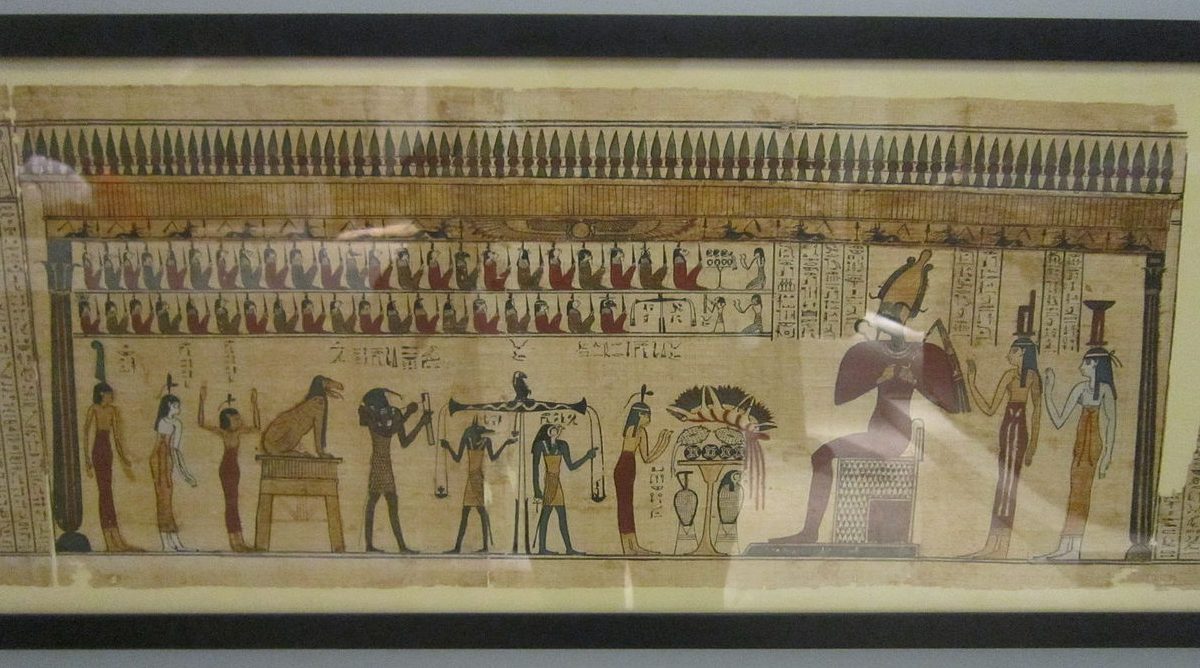
A Book of the Dead was usually written on a papyrus scroll, and placed in the coffin or burial chamber of the deceased. The Book of the Dead contained enchanted spells which would protect an individual against various perils, and render the deceased unrecognizable to any evil being that might attempt to cause them harm. In addition, it contained spells for a successful journey through the underworld.
In the 1800s, mummified cats were used as fertilizer
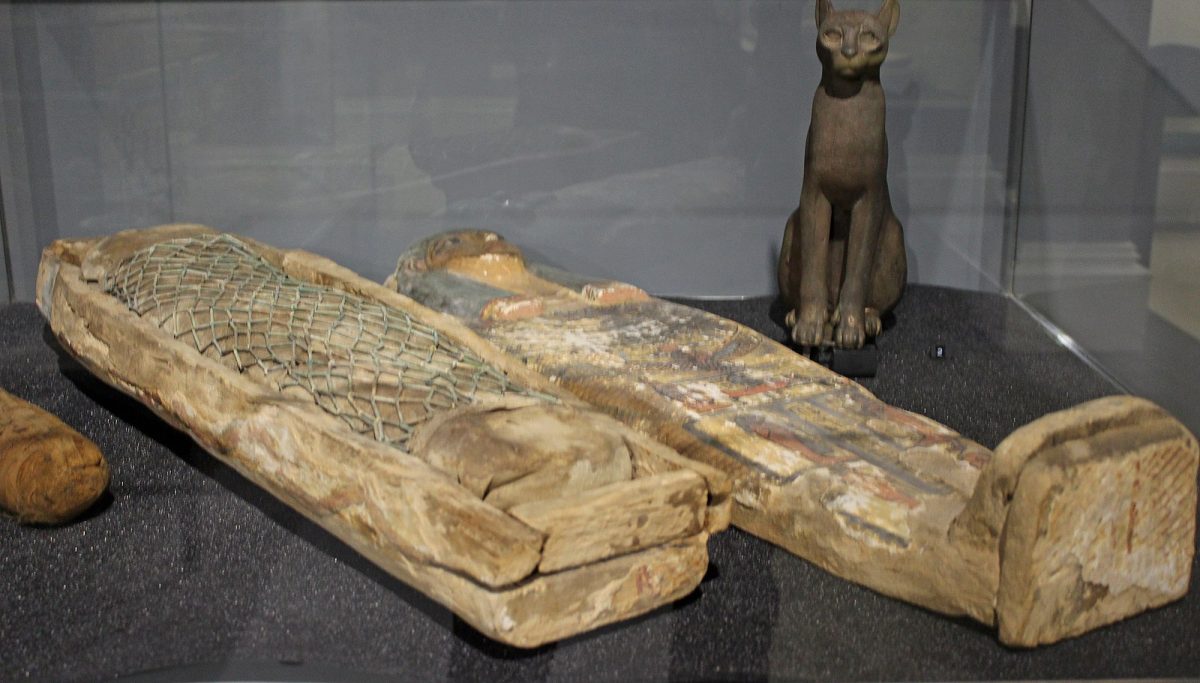
You may love cats, but in ancient Egypt, people were nuts about them. A massive number of cat mummies were found in and around ancient Egyptian cities. In the 1800s, an English company bought 180,000 mummified cats from a region near Cairo and ground them up and sold the powder as fertilizer.
Some mummies were buried with lifelike portraits of the owner
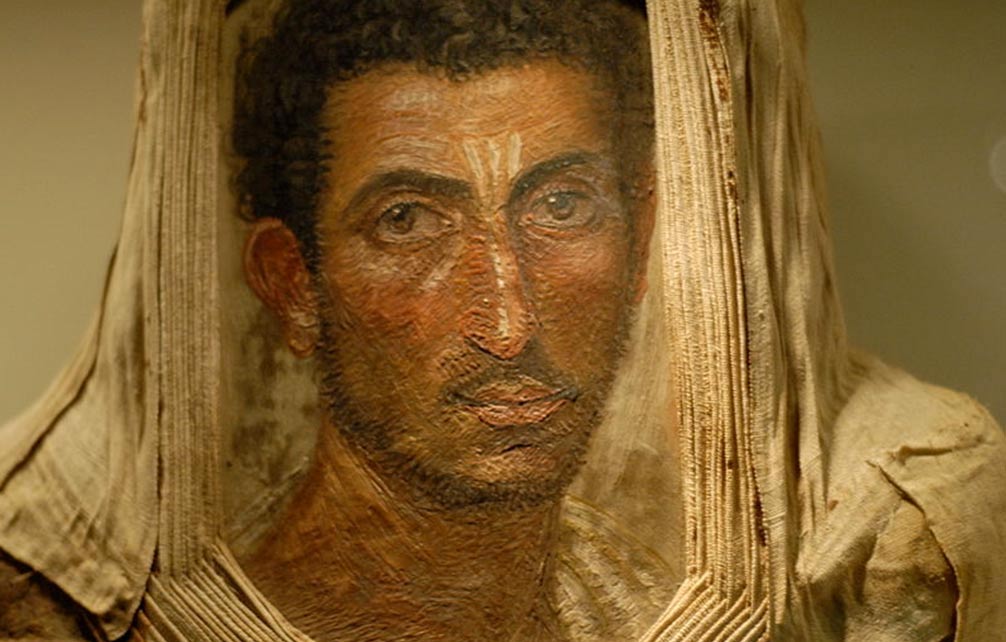
The Fayum mummy portraits were painted on wooden boards and their primary purpose was to accompany mummies. They were popular in Egypt between the 1st century BC and the 4th century AD. Although it is believed that initially artists were commissioned for this job, later the relatives of the deceased began to produce these portraits themselves. There are at least 900 portraits known to exist.
Pharaohs were buried with slave figurines
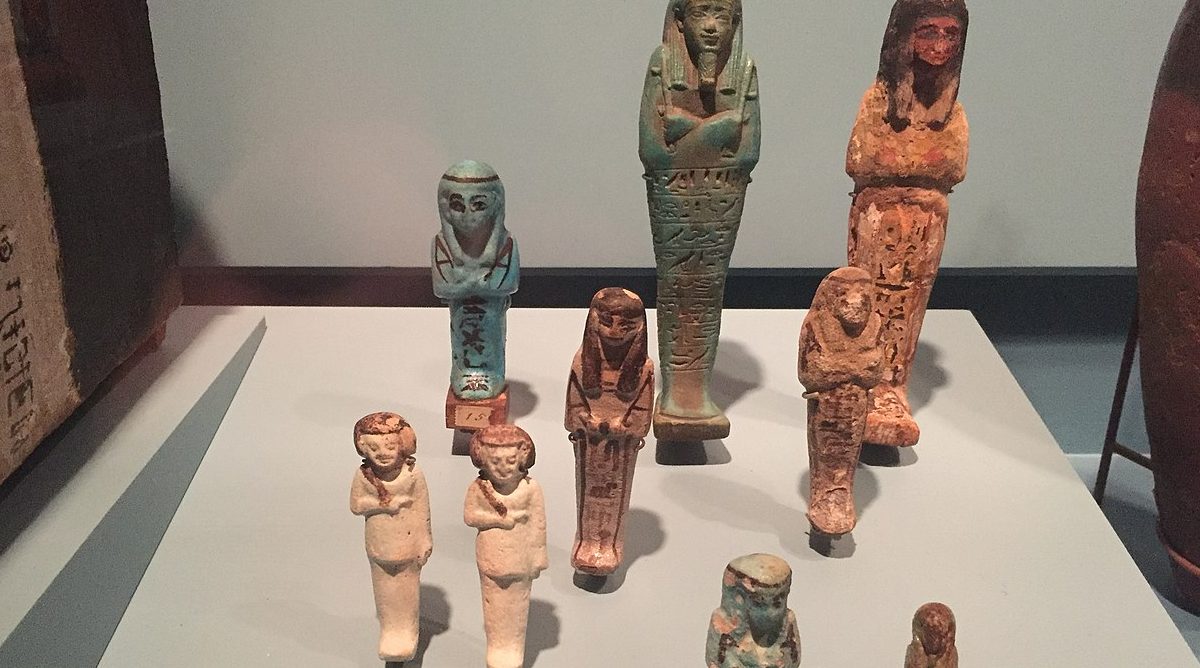
These ushabti are 14th-15th century BCE, from the late Middle Kingdom of ancient Egypt. They were placed inside tombs to help with the deceased owner’s daily tasks in the afterlife. The idea was that the owner would enter the afterlife and tell the ushabti what to do. The ushabti would then go out to work, bringing back food and gifts for the owner.
Osiris was the first Egyptian mummy
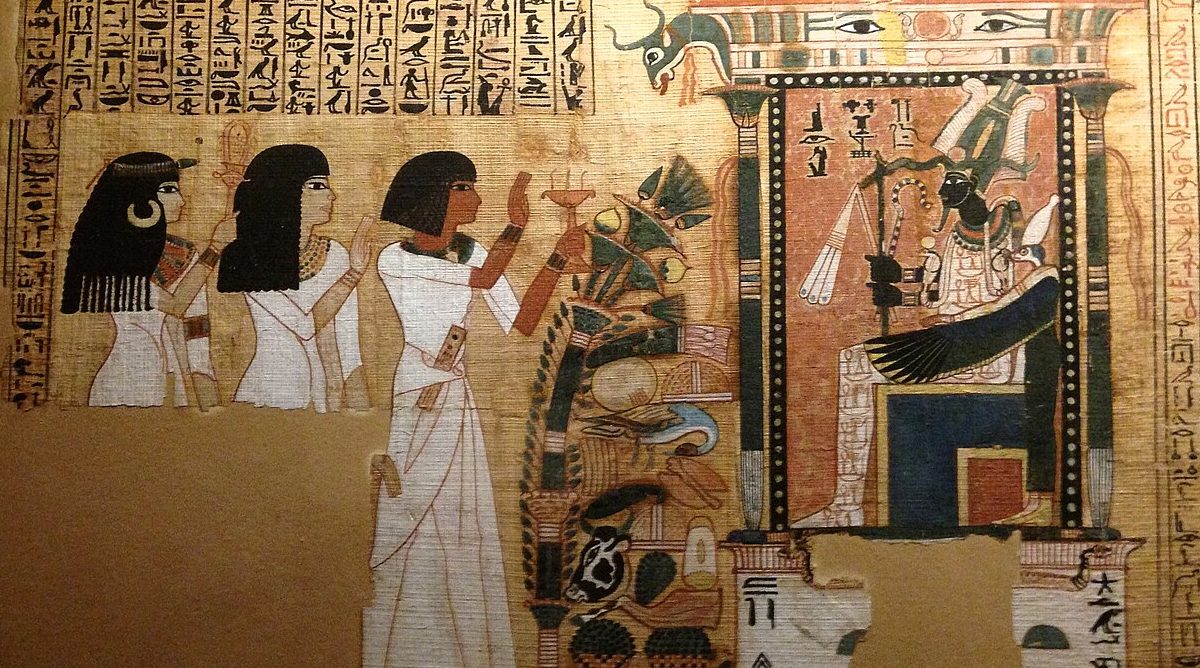
In Egyptian mythology, the god Osiris was the first mummy. Although he was married to Isis, the goddess of fertility and magic, he seduced Nephthys, the wife of another god. She bore him a son named Anubis, who became the protector of dead people. When Isis found out about the affair, she cut off the bottom part of her husband’s body, and then wrapped up Osiris’ body and hid it away.
Female mummies are more decomposed than males
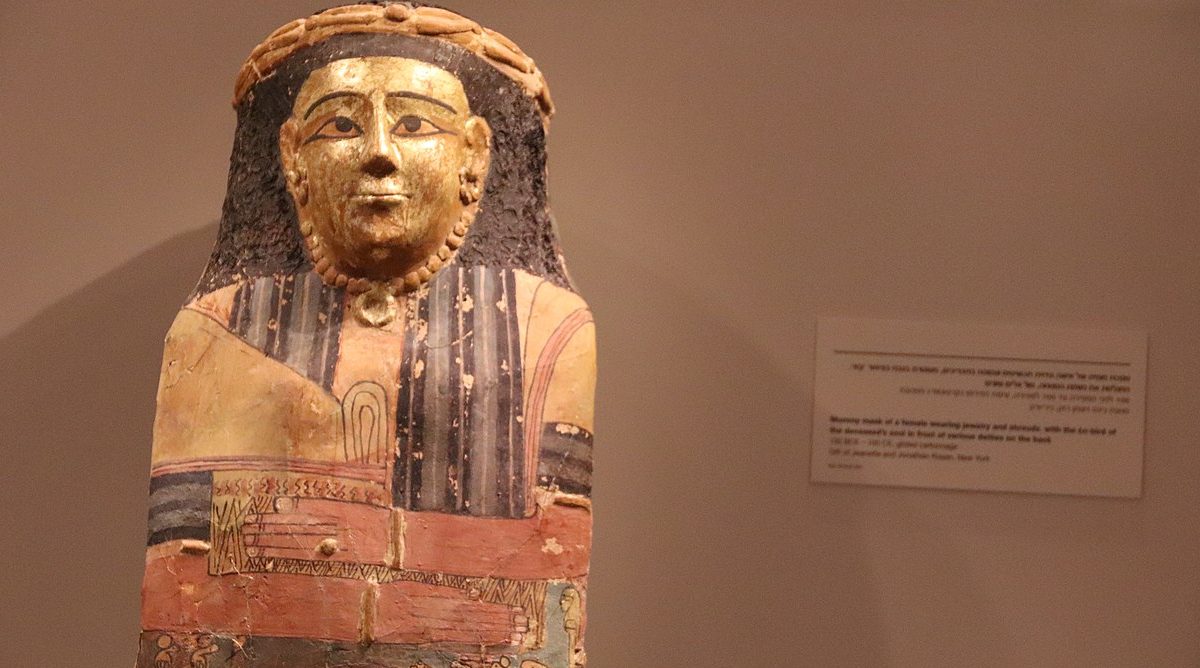
According to an archeological study, female mummies in Ancient Egypt were always more decomposed than their male counterparts. This was because male bodies were embalmed immediately after death, whereas female bodies were kept at the family home until they started to decompose. This was probably to avoid necrophilia by the embalmers.
Crocodiles were mummified for sacrifice

The ancient Egyptians believed in a life after death and mummified crocodiles as offerings to the gods. The Nile crocodile was associated with Sobek, a god of fertility and water who protected people from floods during the annual inundation. They believed that these sacrifices would please the gods and give them a better chance at life after death.
King Tut had three coffins

The two outer coffins of King Tut’s sarcophagus were made of gilded wood and the inner coffin was crafted out of solid gold. Tutankhamun’s mummy was discovered in a series of coffins that were placed inside one another like Russian nesting dolls. The mummy itself was wrapped in linen and placed inside a gold death mask.
Ramses II’s mummy was issued a passport
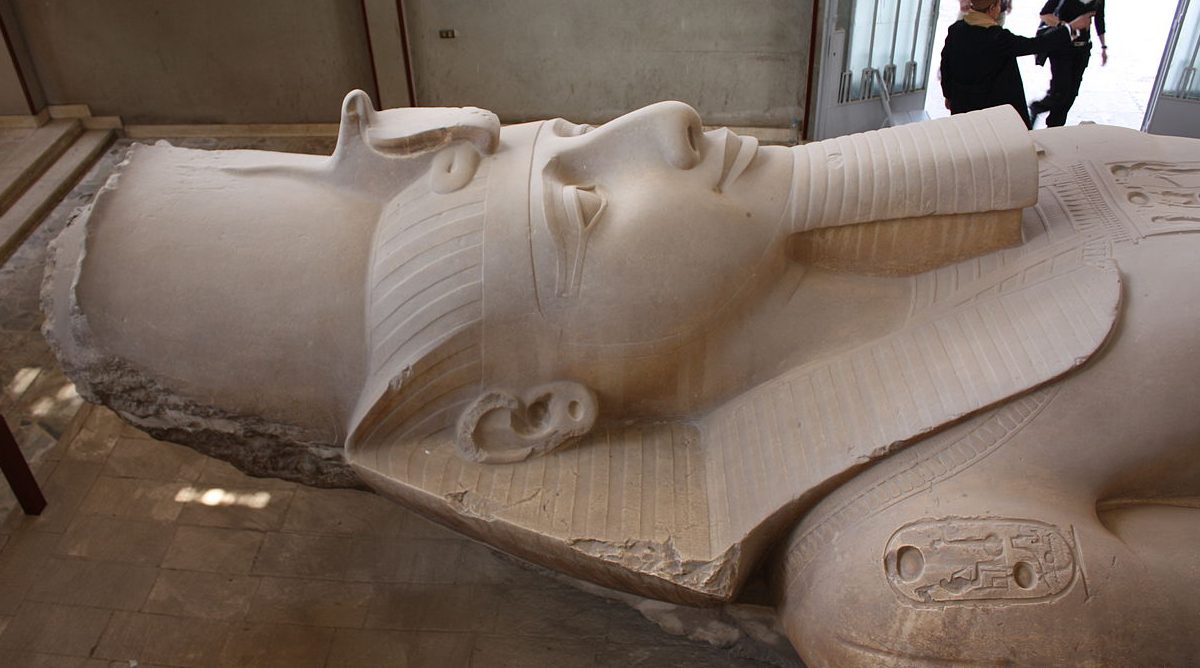
In 1974, when Egyptologists examined the mummy of Rameses II, who had died about 3,200 years earlier, they discovered that the mummy was rapidly deteriorating, so they flew it to Paris for examination. The government issued an Egyptian passport listing Ramesses’ occupation as ‘King (deceased)’.